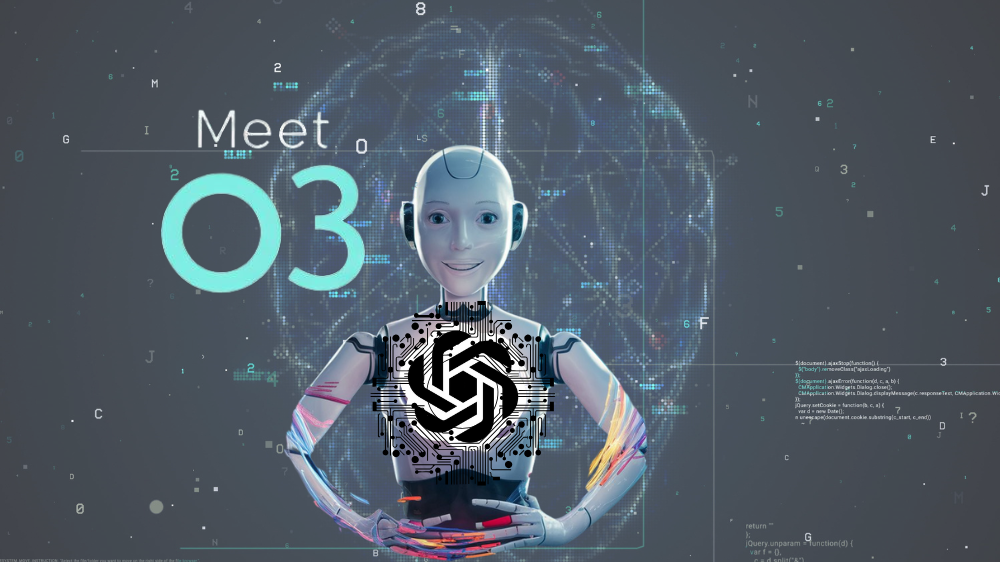OpenAI has introduced its groundbreaking AI model, “o3,” which sets new benchmarks for reasoning capabilities, achieving an impressive 87.5% score on the ARC-AGI benchmark—nearly three times higher than its predecessor, o1. However, this leap in performance comes at a staggering cost, raising concerns about its economic viability and accessibility.
The o3 model employs an innovative “test-time compute” technique, allowing the AI to evaluate multiple possibilities before delivering its output. This approach significantly enhances its ability to handle complex prompts, showcasing near-human-level reasoning, according to ARC-AGI benchmark creator François Chollet. However, advanced reasoning comes with steep computational expenses.
In its most powerful “high-compute mode,” the o3 model requires over $1,000 per task to operate, utilizing 170 times more resources than its low-compute version. Even the scaled-down low-compute mode costs approximately $20 per task, raising concerns about the economic feasibility of deploying such advanced AI systems at scale.
Critics highlight that while o3 represents a significant milestone in AI reasoning, the high operational costs create barriers for broader adoption. Chollet pointed out that humans could solve ARC-AGI tasks for around $5 each, consuming far less energy. However, he remains optimistic, believing that cost-performance ratios for AI models like o3 will improve over time.
Despite these challenges, OpenAI remains committed to advancing artificial intelligence. The o3 model introduces a shift in problem-solving, relying less on brute computational force and more on nuanced reasoning. However, the prohibitive costs highlight the need for balancing innovation with practicality, especially for businesses and consumers who require scalable solutions.
To address these concerns, OpenAI plans to launch a scaled-down and more affordable version of the model, dubbed “o3-mini,” later this month. This version is expected to offer many of o3’s capabilities at a fraction of the cost, potentially making advanced AI technology more accessible to a wider audience.
As the AI industry continues to push the boundaries of innovation, the release of o3 raises critical questions about the future of AI: can cutting-edge performance and affordability coexist? For now, OpenAI’s o3 represents a monumental step forward in AI reasoning and generalization, but its high costs will likely remain a significant hurdle for widespread adoption.
















